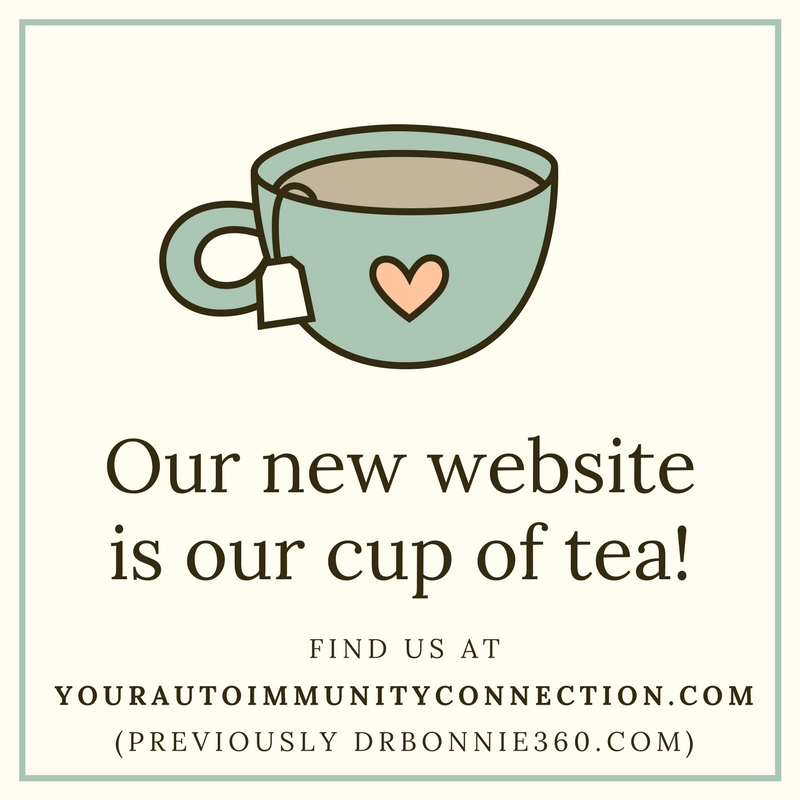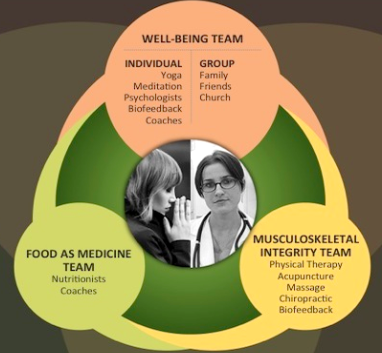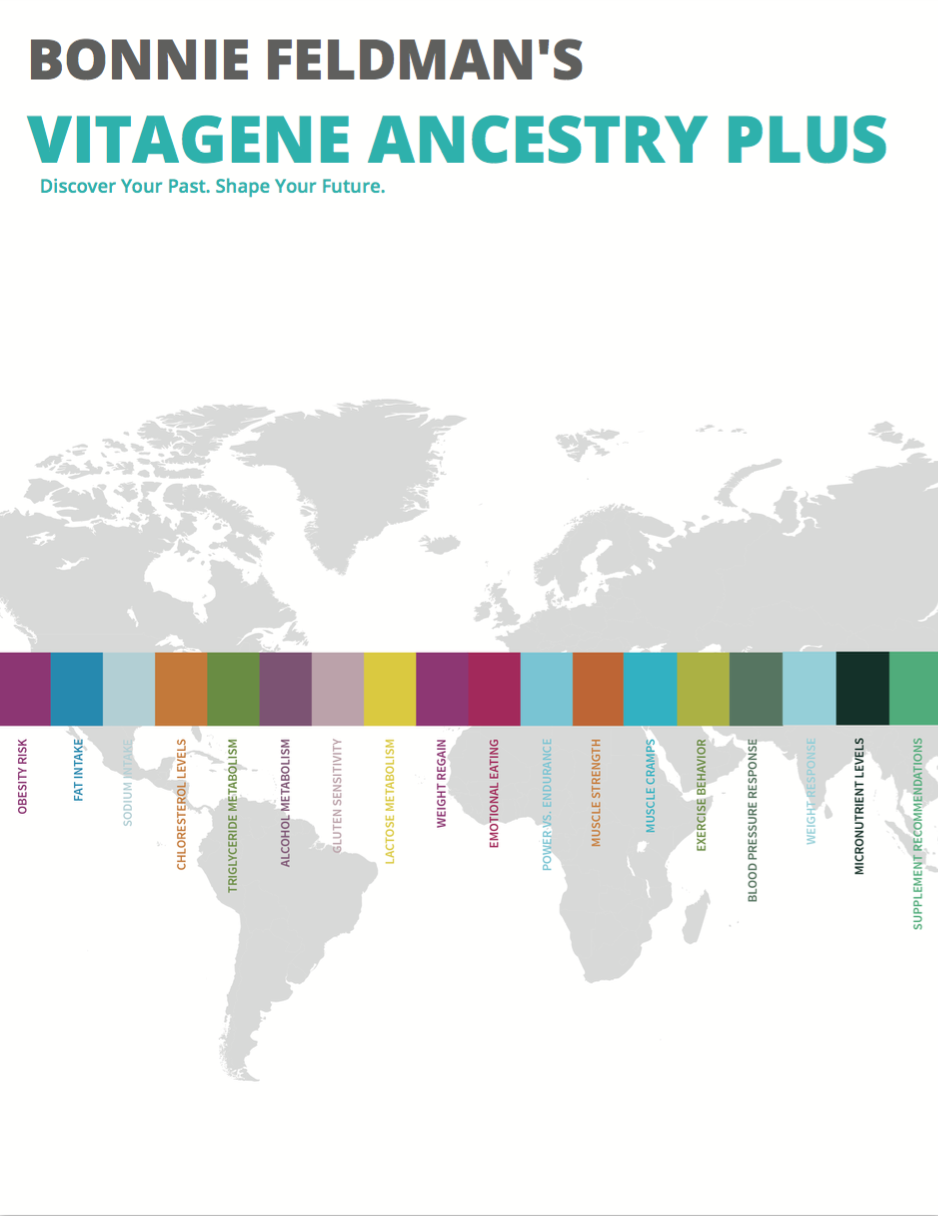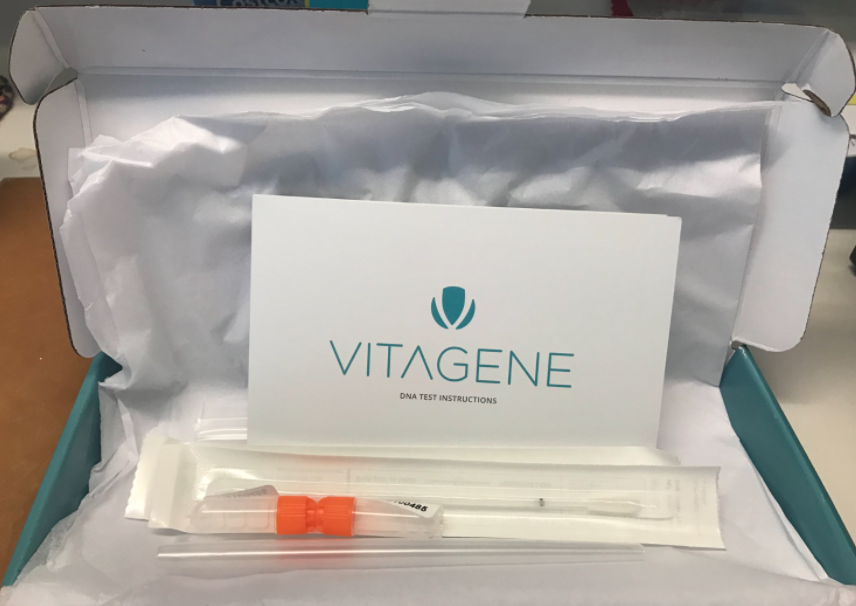Is there a “Platform gap” in Healthcare? A Stanford Medicine X Panel
How will healthcare data business models evolve around new “Platforms”?
by Bonnie Feldman, Ellen M. Martin
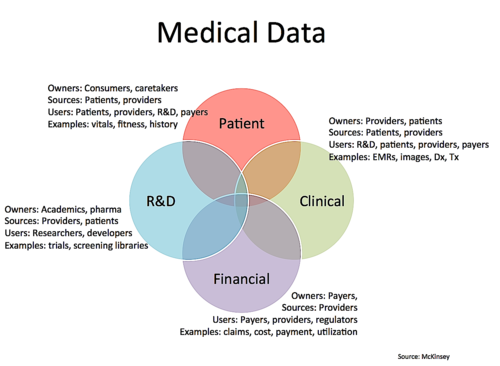
Personal data is changing the way we work, live and play. As consumers, we expect to receive personalized recommendations in a variety of areas, from shopping at Amazon, music from Spotify, or movies from Netflix.
I have been wondering how this type of data personalization can change healthcare, especially in the arena of chronic disease management.
Some early initiatives include some simple data mashups:
- Type 1 diabetes- Tidepool, T1D Exchange
- Type 2 diabetes- Welldoc, Telcare
- Asthma- Propeller Health
- Medication management- Mango Health
In creating a panel for Stanford Medicine X, I have been thinking about how long it will take these data mashups to become richer by including genomic, microbiomic, metabolomic and other -omic data. At the same time, I have been thinking about what business models are evolving with the growth of personal health data.
Will new platforms bring different business models to healthcare?
A moment to define terms before we return to health data:
“Briefly put, a Platform is a business model concept, an O(perating) S(ystem) is a technology concept and an Ecosystem is a marketing concept.”
The concept of a multisided platform, which can be a service, technology or product that facilitates direct interaction between two or more parties as seen in Airbnb, eBay, Etsy and others.
Recent news about open API platforms for healthcare from Google Fit, Apple Healthkit, and Samsung’s Sami points to a growing number of giant platform companies seeking to enter the healthcare data ecosystem.
In addition, Amazon’s recent meeting with the FDA may point to interest from another platform giant, while Apple’s discussions with Mount Sinai, the Cleveland Clinic, John’s Hopkins and Allscripts may indicate aspirations beyond consumer data.
Earlier platform entrants into the healthcare ecosystem are forming alliances to use consumer and clinical data in new ways such as:
- IBM’s Watson and Welltok’s CafeWell Concierge that gives consumers personalized information and recommendations.
- Philips and Salesforce.com’s Platform that enables collaborative care management between patients and healthcare professionals.
In addition to new and expanding entrants, existing platforms from the healthcare side include:
- Qualcomm Life, which already has both 2Net Platform and Healthy Circles Platform
- Microsoft HealthVault
- Microsoft’s Smart Watch
- WebMd Healthy Target
On the other hand, Aetna closing Carepass represents an unexpected exit by a large healthcare payer/provider that was considered a segment leader.
Will the evolution of platforms outside of healthcare provide a template?
Looking outside of healthcare may give us some pertinent insights on how IT platforms and associated business models, using open and closed data systems with a data monetization approach, have evolved.
Outside of healthcare, open, closed and hybrid platforms, along with iterating business models, appears as a theme, evidenced by the robust merger and acquisition activity pictured below.
Closed Platforms
Apple is probably the oldest successful closed IT ecosystem. It created a new paradigm—consumer IT—at a time when all IT was corporate.
By establishing the first consumer technology platform through its killer product, the iPod, users could live entirely in an iPlatform ecosystem of Apple products, all using a single operating system-the iOS- for desktop, tablet, mobile and music. Apple was also the first platform company to use APIs to attract a large developer community to write applications for products in their ecosystem pictured below.

Open Platforms
Google appears to be multiple platform companies. First in search, later in advertising, then Gmail, and most recently, through Android, an open OS platform in competition with Microsoft and Apple. In mobile, Android competes with Apple. In search, browser, and mobile, Google competes with Microsoft. In social media, Google+ competes with LinkedIn and Facebook.

Hybrid Platforms
Amazon started as an online bookseller and developed its own infrastructure to facilitate ecommerce—a platform suitable for any keywordable product, not just books—and so Amazon expanded into selling everything. Subsequently it developed an ecommerce infrastructure-as-a-service called Amazon Web Services. Originally developed by and for Amazon, it now generates $2B in revenues with an estimated $10B in 2016 as the backbone for digital-cloud conveniences such as dropbox.
How will data business models evolve around these new platforms in healthcare?
Rapidly evolving business models are shown by the very active merger and acquisition activity pictured below as well as the current investor filings.
Google receives most of its revenue from online advertising. Insight into their future plans can be seen on page 28 of the 10K: “We expect that our revenue growth rate will continue to be affected by evolving consumer preferences, as well as by advertising trends, the acceptance by users of our products and services as they are delivered on diverse devices, and our ability to create a seamless experience for both users and advertisers in this multi-screen environment.”
Apple’s future plans reflect continued investment in R & D. “Company continues to believe that focused investments in R&D are critical to its future growth and competitive position in the marketplace and are directly related to timely development of new and enhanced products that are central to the Company’s core business strategy. As such, the Company expects to make further investments in R&D to remain competitive.”

What type of data monetization strategy will evolve in these new platforms?
Conceptually, data monetization is of the essence for platform business models. Because the data monetization concept is relatively new, even the ways to describe the evolving business models are evolving.
Three different ways to parse data value include:
1. Accenture analyzes the value of data ranging from raw, processed, insights, presentation to transactions.
2. O’Reilly’s Book-“Business Models for the Data Economy" provides a framework to segment monetization strategies as follows:
- Collect
- Store/Host
- Filter/Refine
- Enhance/Enrich
- Simplify/Access
- Obscure
3. University of Cambridge has created a data-driven business model framework shown below.
Key activities include data aggregation, analytics and generation. Key data sources could be free, customer-provided or tracked and generated.
These business models range from “multi-source mash up and analysis” to “data aggregation-as-a-service,” “data generation and analysis,” “analytics-as-a-service” or a “free data collector and aggregator.”

More open questions for the panel ”Open versus Closed Data- Where are the business models?“
In addition to the different types of data monetization strategies, another open question is will healthcare data platforms be narrow, broad or both?
Where will the medical device industry play? How will hardware and software ecosystems evolve?
The panelists, Chris Hogg of Propeller Health, Jonathan Hirsch of Syapse, and Jason Oberfest of Mango Health, will address some of these questions with a focus on chronic disease management.
See the next post to learn what the panel discussed.

